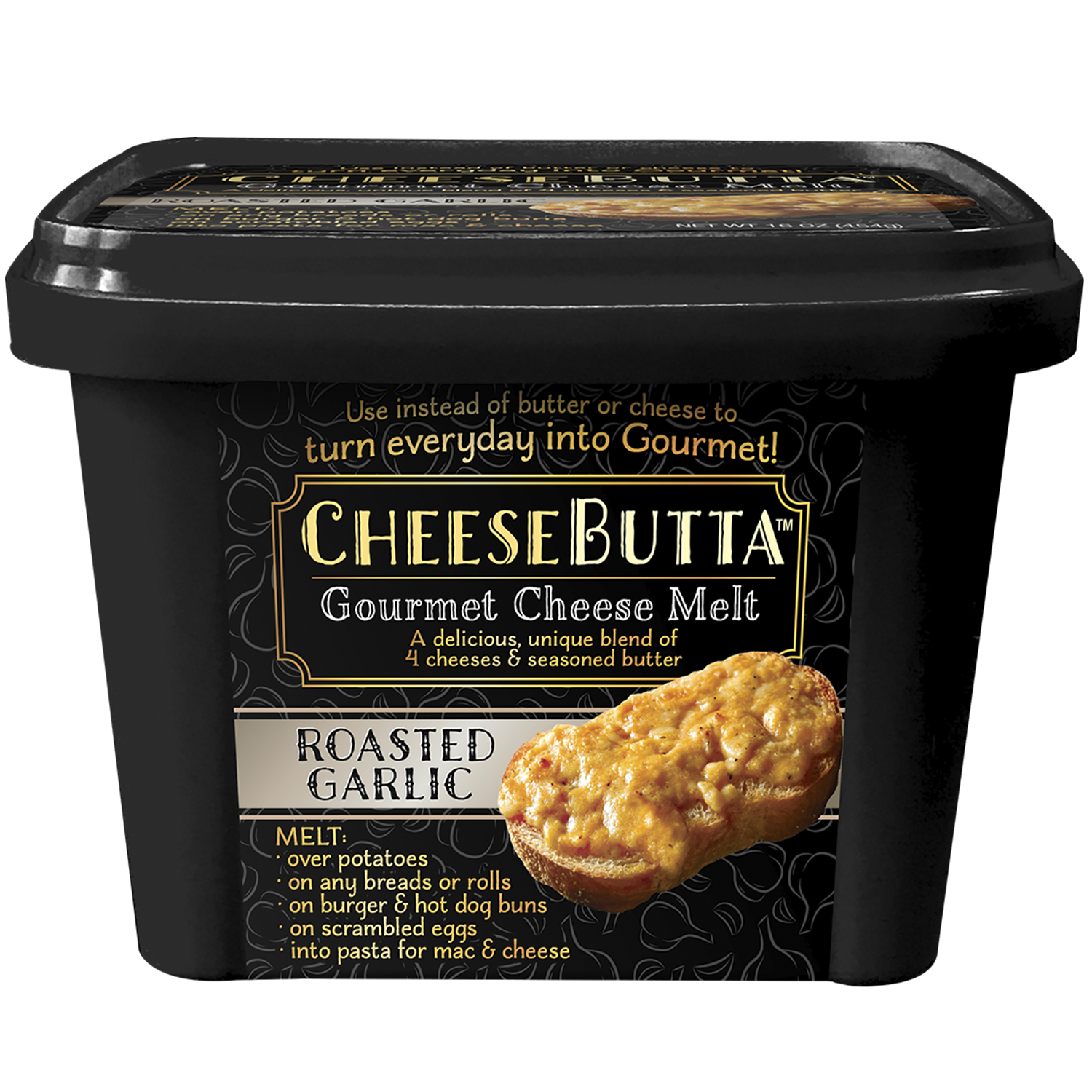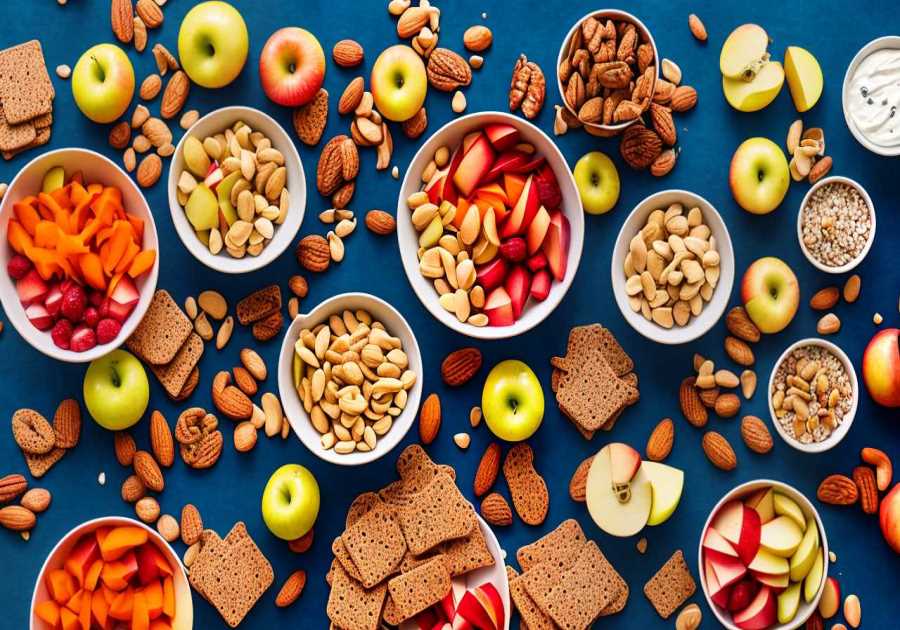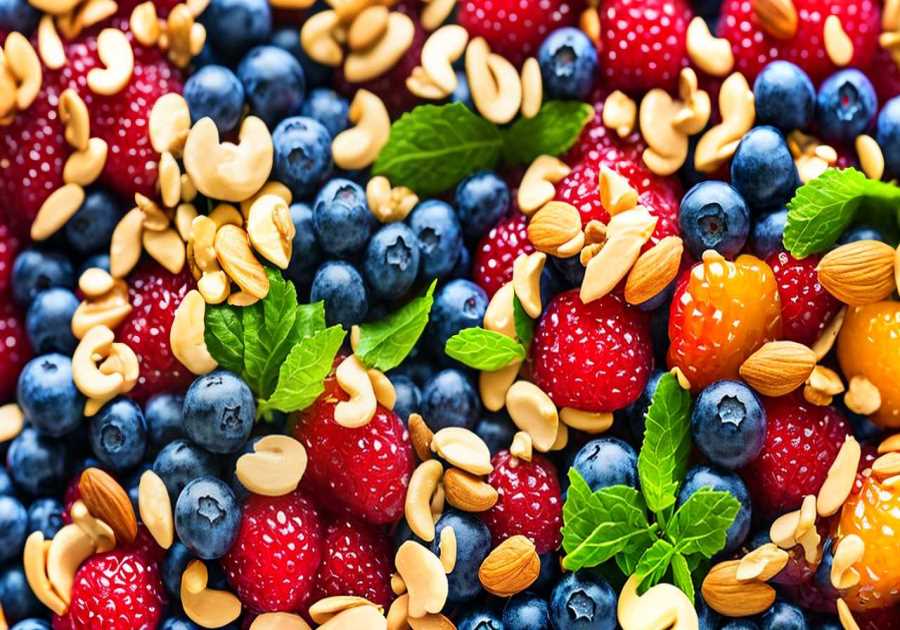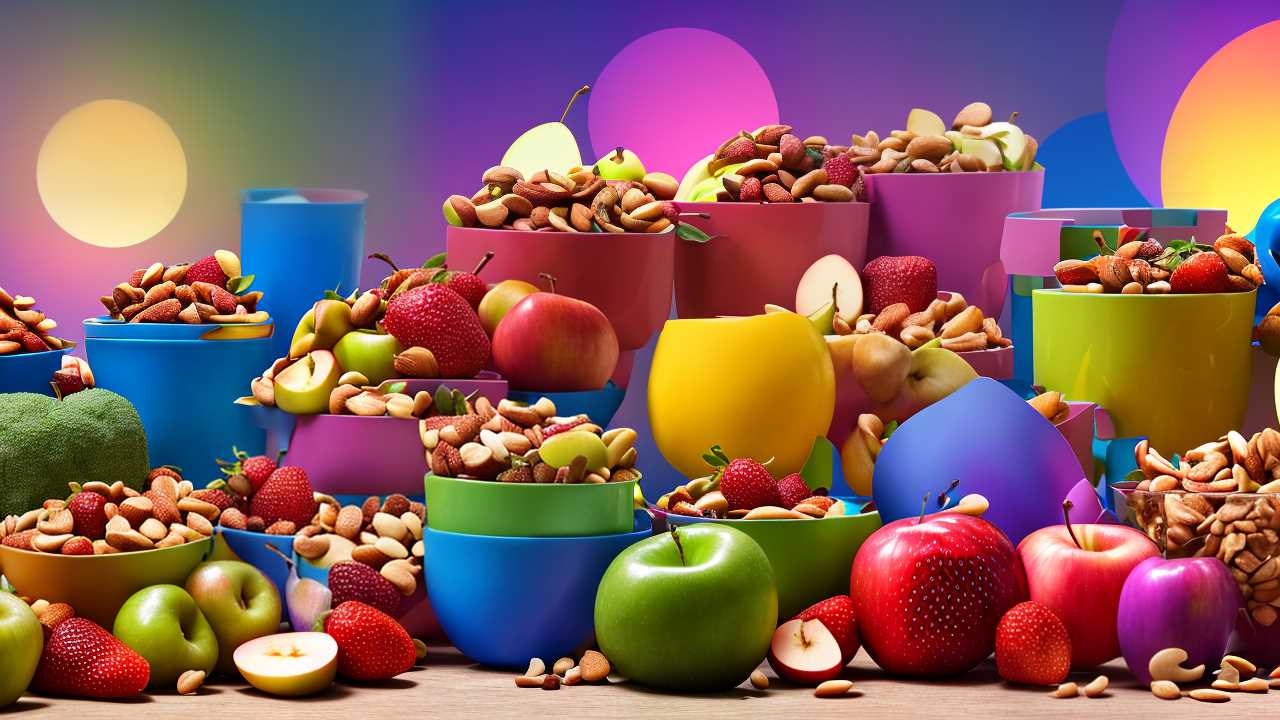
What Are Healthy Classroom Snacks?
For healthy classroom snacks, you should aim for options that are both nutritious and inclusive. Go for foods that mix carbohydrates with proteins and fats for sustained energy, like apple slices paired with almond butter or whole-grain crackers with cheese. Keep it allergy-friendly with seed-based butters or gluten-free rice cakes if necessary. Variety is key, so consider rotating options like fresh fruits, yogurt, and nuts to keep things interesting and balanced. Focusing on portion-controlled, pre-packaged snacks can aid in managing dietary restrictions effectively. By exploring a range of snack options, you might find new favorites that support both health and inclusivity.

Nutritional Components of Snacks
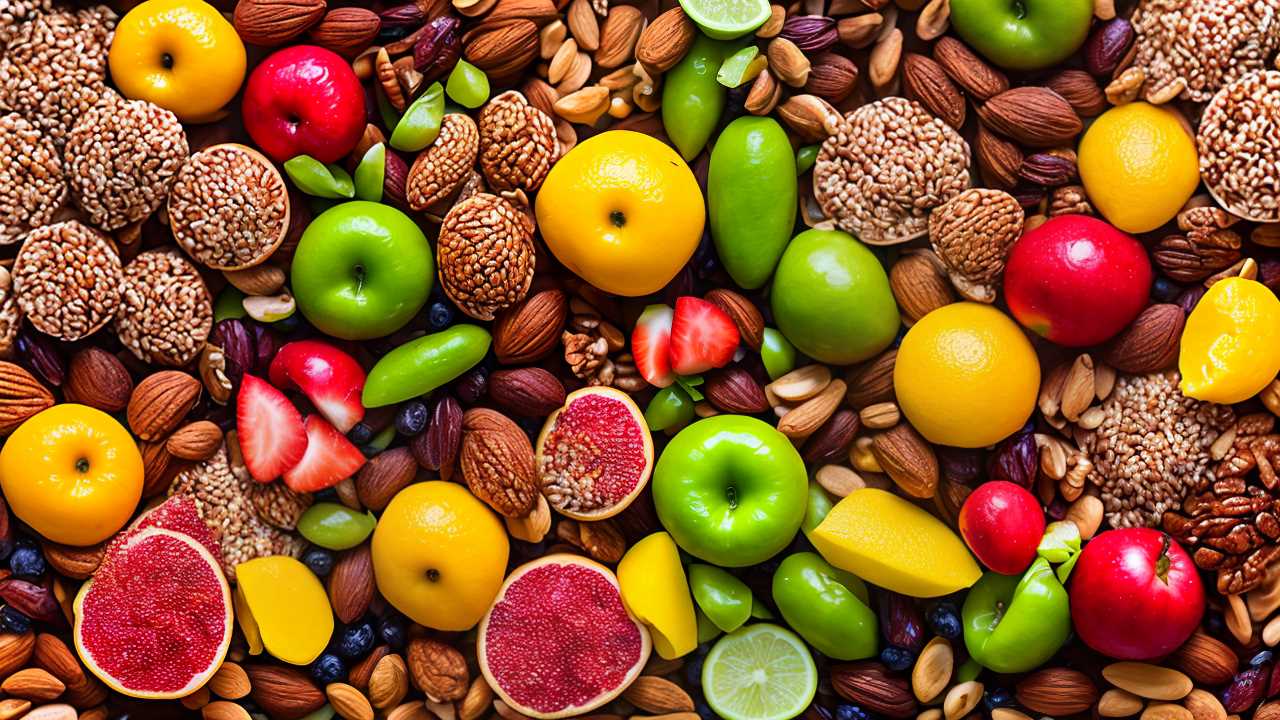
When choosing snacks for the classroom, it's crucial to consider their nutritional components. You'll want to focus on snacks that provide both energy and essential nutrients without excessive calories. This ensures that the children stay alert and engaged throughout their school day. Incorporating healthy cheese snack ideas can be a delightful way to introduce nutrition and flavor into classroom snacks.
A key element to look for in classroom snacks is their fiber content. Foods high in fiber, such as fruits, vegetables, and whole grains, not only help maintain a healthy digestive system but also contribute to a feeling of fullness, which can prevent overeating. Apples, carrot sticks, and whole-grain crackers are excellent fiber sources that are easy to incorporate into a classroom setting. They're not only nutritious but also generally liked by children.
Additionally, portion control is vital. It's easy to consume too many calories when portions aren't monitored. Offering pre-portioned or single-serving packages can help manage this. For instance, small bags of trail mix or yogurt cups ensure that children get just the right amount of nutrients without the risk of excessive sugar and calorie intake.
When selecting these snacks, consider the balance of macronutrients—carbohydrates, proteins, and fats. A balanced snack, like a piece of fruit with a small handful of nuts, provides sustained energy. The protein and fat in nuts slow down the digestion of the fruit's carbohydrates, thereby providing a steady source of energy and keeping blood sugar levels stable.
Choosing the right snacks can significantly impact children's health and learning. By focusing on fiber-rich foods and proper portion control, you'll contribute positively to their daily nutrient intake and overall well-being.
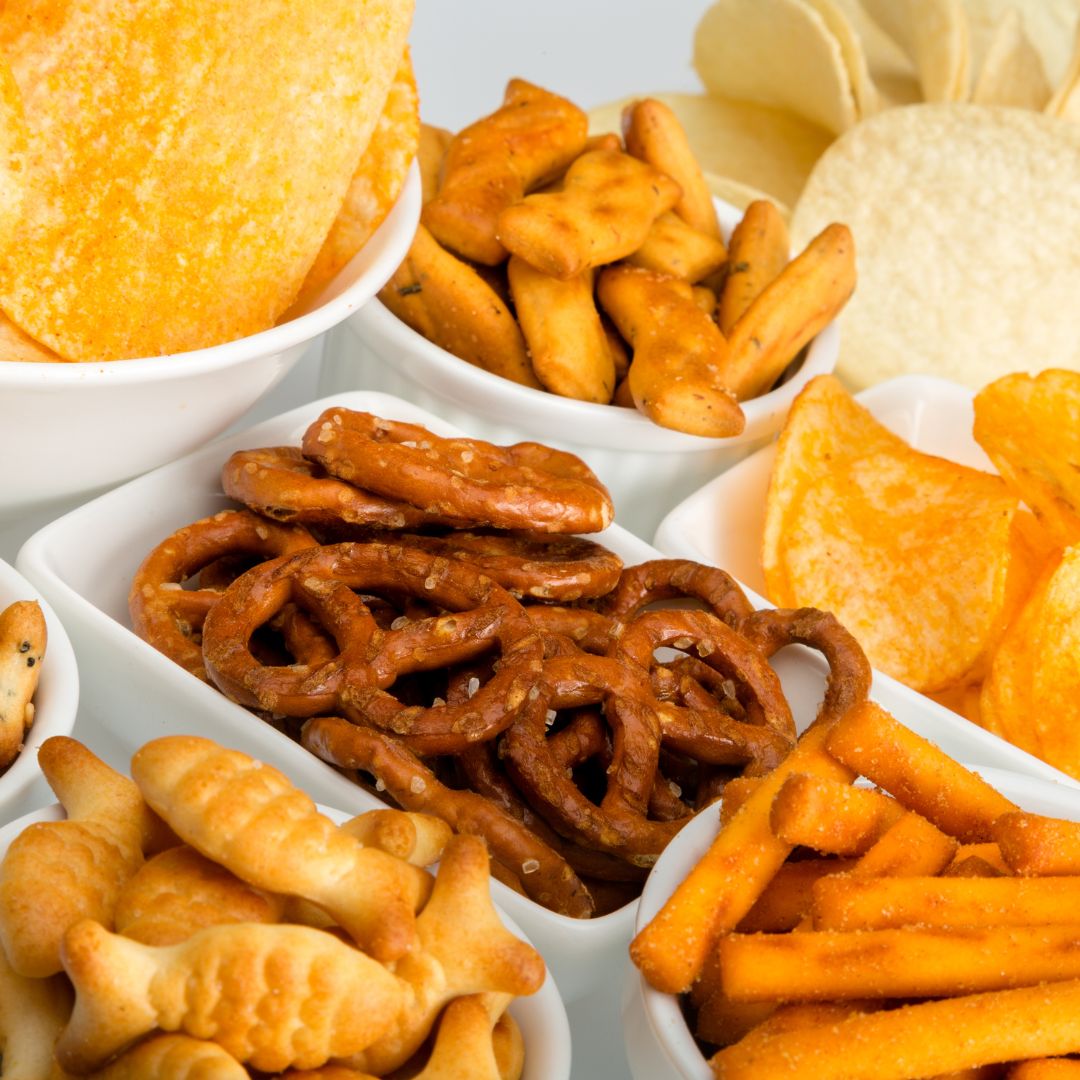
Allergy-Friendly Options

As you plan classroom snacks, it's essential to consider the allergies of all students to ensure inclusivity and safety. Allergy-friendly options don't just prevent potential health crises; they also create an environment where every child feels valued and cared for.
When considering nut allergies, one of the most common in children, opting for nut-free alternatives is crucial. Seeds like sunflower or pumpkin can be great substitutes in recipes that traditionally use nuts. They provide a similar crunch and nutritional benefits without the allergen risk. Similarly, nut-free butters made from seeds offer a safe spread for sandwiches or dips.
For a unique twist, consider incorporating cheese and fruit pairings like sliced apples with cheddar, which can be a nutritious, allergy-friendly snack option.
Gluten sensitivity and celiac disease are also prevalent concerns. Gluten-free snacks aren't only necessary for those with these conditions but are also generally well tolerated by others, making them an excellent choice for a group setting. Rice cakes, gluten-free granola bars, and fruits are simple, safe options.
When purchasing packaged foods, always check labels to confirm they're certified gluten-free to avoid cross-contamination risks. Always communicate with parents about their children's dietary restrictions and keep a list of safe foods for each child. This practice not only helps in planning but also in emergency situations.
Moreover, educating other students on the importance of respecting these guidelines fosters a supportive community.
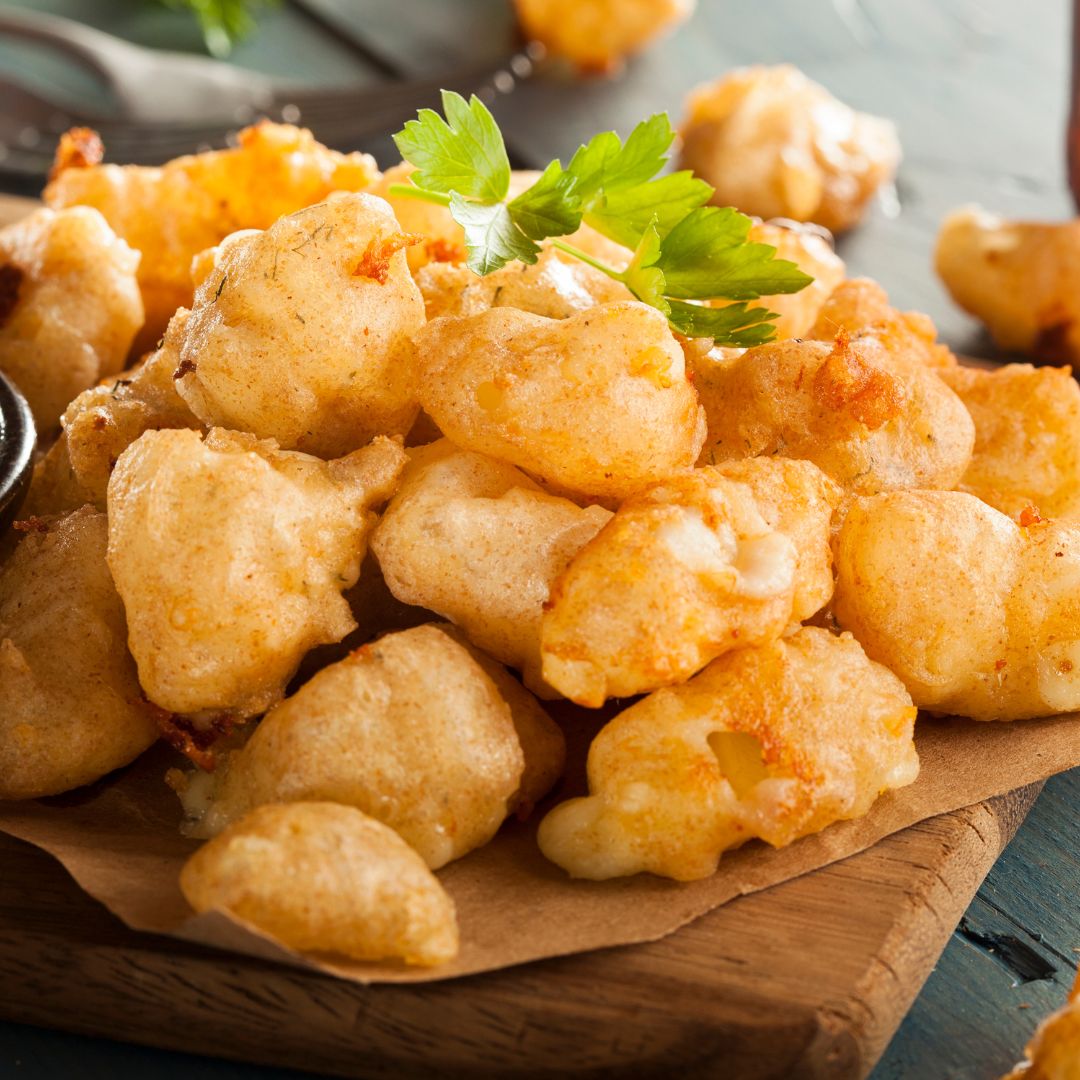
Balancing Macronutrients
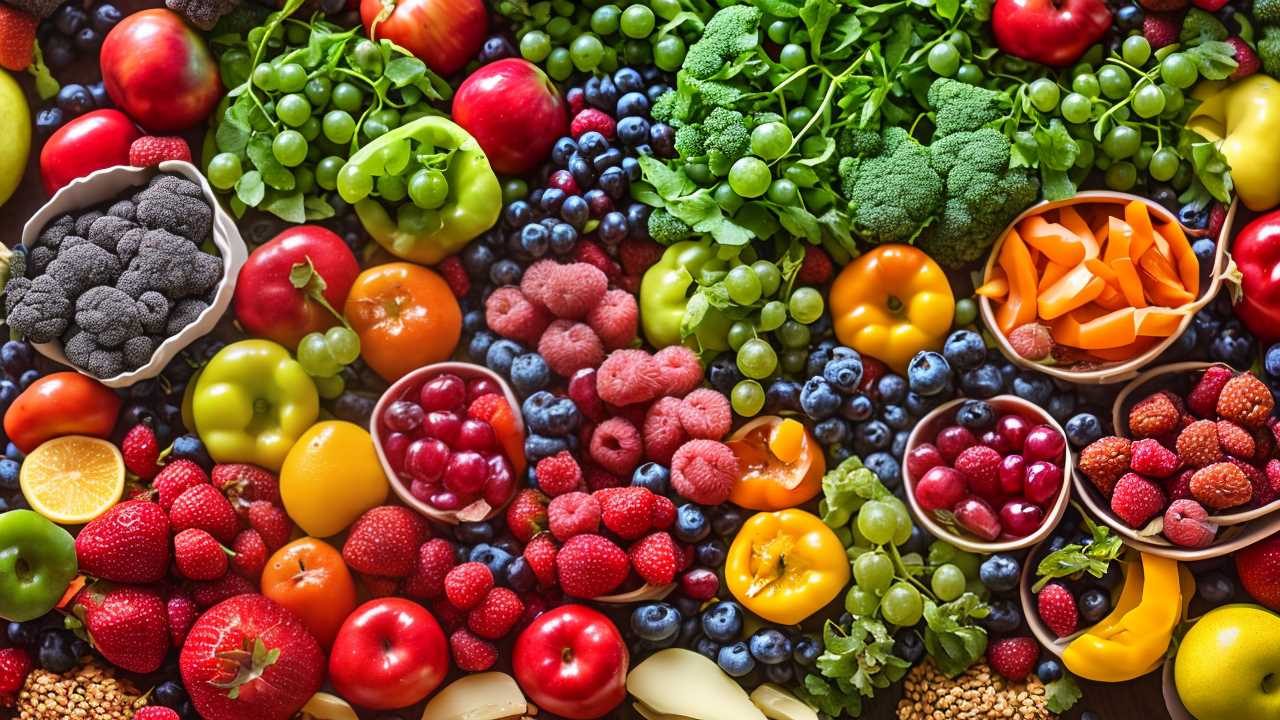
Balancing macronutrients in classroom snacks contributes significantly to the overall health and energy levels of students. You'll want to ensure that each snack you provide isn't only tasty but also nutritionally complete, supporting both physical and cognitive development. This means including good protein sources, healthy carbohydrate choices, and a modest amount of fats.
Protein is crucial for building and repairing tissues and should be a component of the snacks you choose. Opt for lean protein sources that are easily consumable in a classroom setting, such as slices of turkey, hard-boiled eggs, or small servings of nuts and seeds, if allergies aren't a concern. These proteins help stabilize blood sugar levels, keeping energy levels steady throughout the school day.
For those seeking additional healthy options, consider KETO friendly products that cater to various dietary needs.
Carbohydrates are the body's primary energy source, so including them in snacks is vital. However, it's important to select carbohydrate choices that provide sustained energy rather than a quick sugar rush. Whole grains like oats, quinoa, or whole wheat bread are excellent options. Pair these with some fruits for fiber, vitamins, and a touch of natural sweetness.
Balancing these macronutrients not only fuels the young minds in your care effectively but also teaches them about healthy eating habits. It's about creating a foundation that will help them make better nutritional choices independently as they grow.

Snack Ideas for Every Day
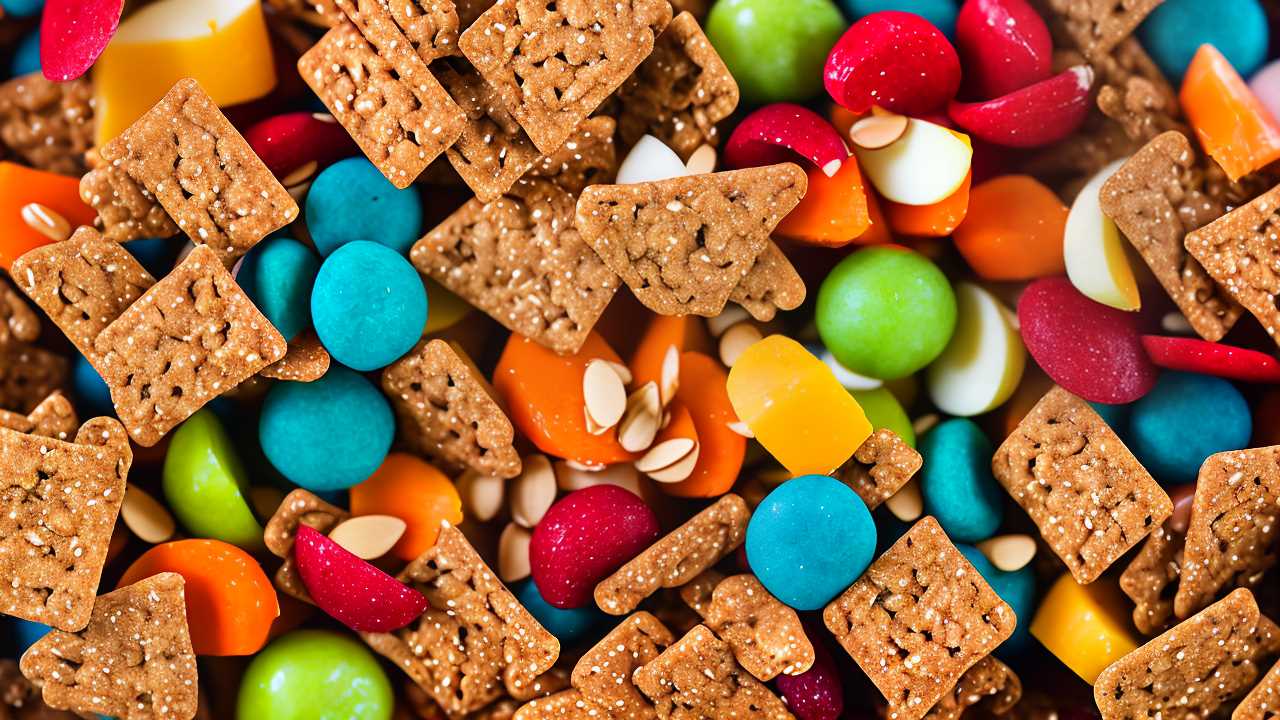
You'll find it beneficial to have a variety of snack options available, each tailored to fit a busy school week. Prioritizing easy-to-prepare and nutritionally balanced snacks will ensure that students maintain energy and focus throughout their day.
Consider incorporating fruit alternatives and protein bites, which are excellent for their health benefits and convenience.
Fruit alternatives, such as dried apricots, banana chips, or apple crisps, offer a delightful twist on traditional fresh fruit. These aren't only less perishable but also packed with essential vitamins and fiber. They provide a quick, mess-free way to enjoy the benefits of fruits without the hassle of peeling or chopping.
Pair these with a small handful of nuts for added protein and healthy fats, enhancing both the nutritional value and the staying power of the snack.
Protein bites are another fantastic option. You can make these in advance using ingredients like oats, peanut butter, honey, and flax seeds. They're portable, easy to eat, and incredibly satisfying. Each bite delivers a balanced mix of protein, carbs, and fats, ideal for keeping hunger at bay between meals.
Moreover, they can be customized with additions like dark chocolate chips or coconut flakes for extra flavor.
When selecting snacks, aim for variety and balance. Rotate between different fruit alternatives and protein bites to provide students with a range of flavors and nutrients.
This strategy not only keeps the snacks interesting but also caters to the diverse nutritional needs of growing children, helping them stay alert and engaged throughout the school day.
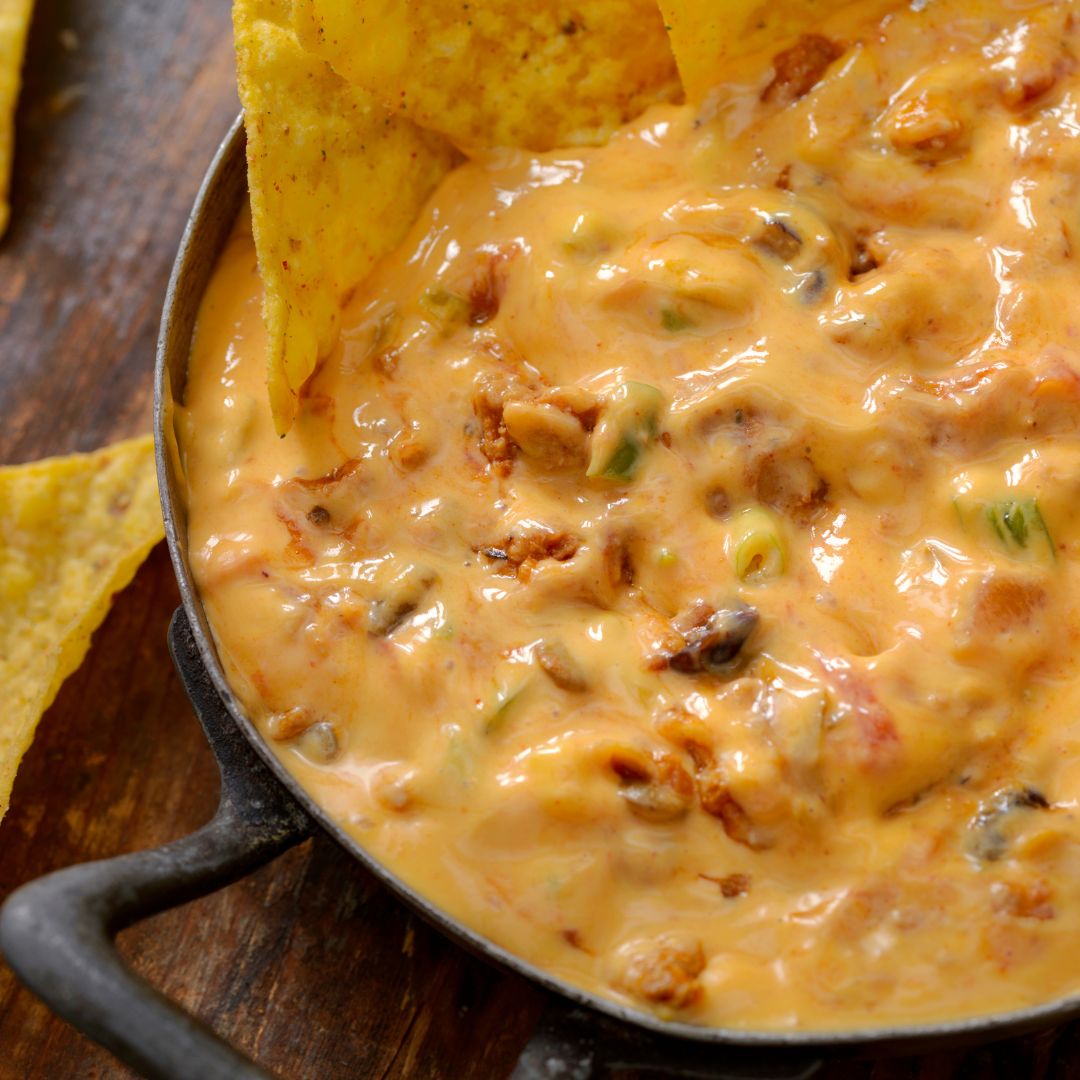
Handling Dietary Restrictions

Navigating dietary restrictions in a classroom setting requires careful consideration and a proactive approach to ensure all students can enjoy safe, inclusive snack options. You'll find that awareness and communication are key. Start by gathering information on any food allergies, sensitivities, and dietary restrictions from both parents and healthcare providers. This data will guide your snack selection, helping you cater to needs ranging from gluten intolerance to nut allergies, and respecting cultural dietary practices.
When planning snacks, consider the cultural considerations that influence food choices. You might encounter restrictions based on religious practices, such as kosher or halal diets, or ethical choices like vegetarianism. Including a variety of foods that respect these needs shows consideration and fosters an inclusive environment. This not only supports students' health but also educates their peers about diversity.
Portion control is another critical aspect. It ensures that all students receive a sufficient and equal share of snacks, preventing any feelings of exclusion. Pre-packaged or individually portioned snacks can be very effective in managing this, especially in a setting with diverse dietary needs. They reduce the risk of cross-contamination and make it easier to keep track of what's been consumed, which is particularly important for students with strict dietary restrictions.
Always have an alternative available. This ensures that no child is left out during snack time due to their dietary limits. By being proactive and thoughtful in your snack planning, you're not just nourishing bodies; you're nurturing an inclusive and respectful community in your classroom.
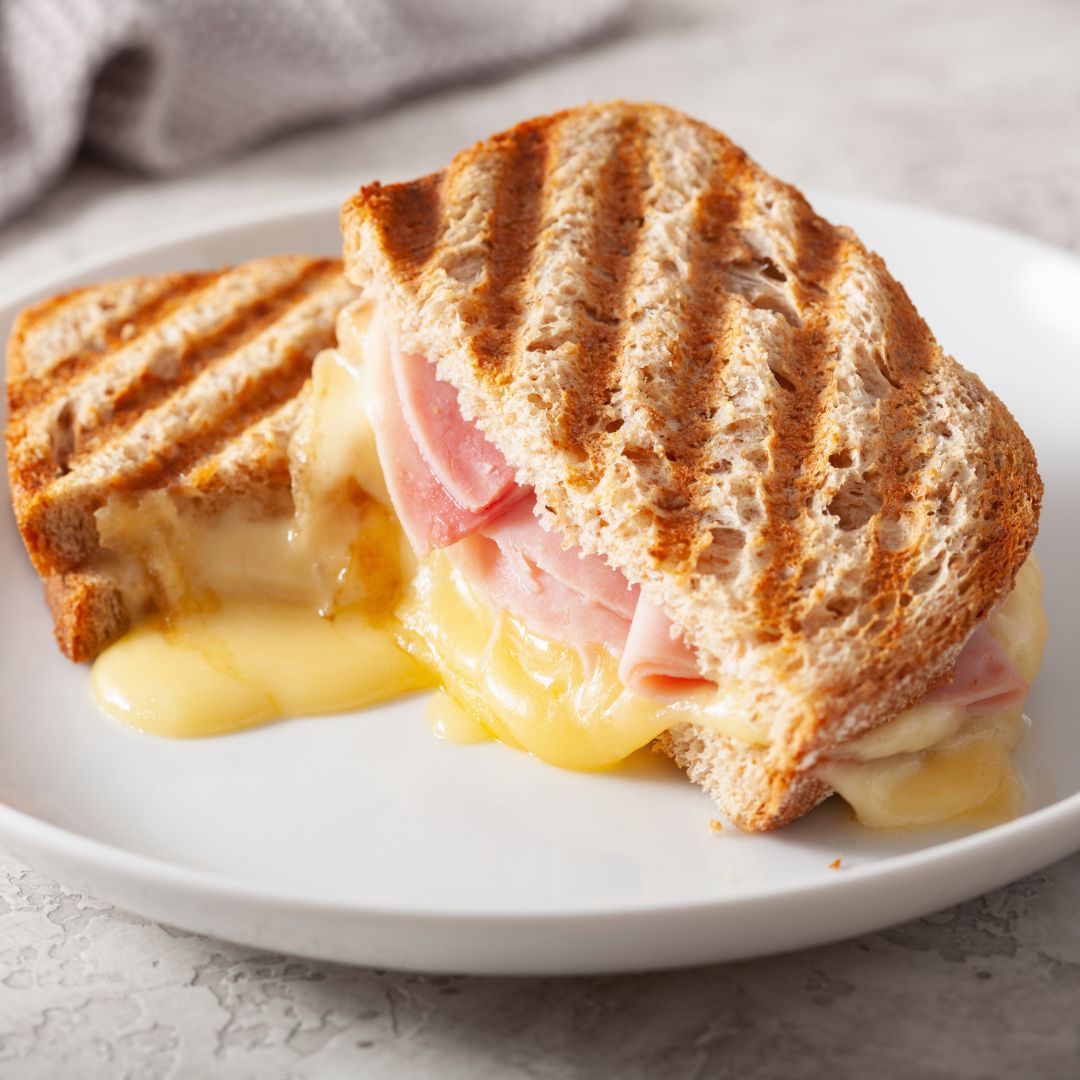
Frequently Asked Questions
How Often Should Snacks Be Provided in the Classroom?
You should provide snacks in the classroom based on a balance of snack frequency and student preferences.
Typically, offering a small snack mid-morning and another in the afternoon can help maintain energy levels and concentration.
Consider the students' dietary needs and preferences to ensure inclusivity.
Regular, thoughtful snack times not only fuel learning but also teach students about healthy eating habits, aligning with your desire to serve and support their overall well-being.
Can Snacks Impact Students' Attention and Behavior?
Yes, snacks can significantly influence students' attention and behavior.
When you choose snacks high in nutritional value, you're not just filling their bellies; you're fueling their brains. Studies show that balanced snack nutrition enhances attention spans and stabilizes energy levels, helping students stay engaged and less distracted.
Opt for whole grains, fruits, and proteins to ensure they receive the boost needed to excel throughout the day and serve their learning needs effectively.
What Is the Cost of Providing Healthy Classroom Snacks?
The cost of providing healthy classroom snacks depends on your snack budgeting and sourcing strategies.
You'll find that buying in bulk and choosing local or seasonal items can significantly reduce expenses. It's also cost-effective to partner with local farms or businesses, which may offer discounts for educational purposes.
Keep an eye on sales and consider community fundraising to support your initiative.
How Can Teachers Incorporate Snack Time Into Lesson Plans?
To seamlessly blend snack time into your lessons, involve students in the snack preparation. This not only teaches them valuable nutritional knowledge but also practical life skills.
Let them help in selecting and preparing snacks. You could link the activity to subjects like science, by exploring the properties of ingredients, or math, through measuring.
This hands-on experience fosters a deeper understanding and appreciation, serving others by promoting healthier eating habits among peers.
What Are the Legal Considerations for Classroom Snacks?
When you're considering snacks for your classroom, you must be aware of the legal aspects. This includes adhering to nutritional guidelines set by government agencies and being vigilant about food allergies.
Ensuring that snacks are safe and healthy isn't only a matter of compliance but also of caring for your students' well-being. You'll need to routinely check for updates in school policies and possibly even tailor snack selections to individual health needs.

Conclusion
Remember, choosing snacks that are nutritious and inclusive is key to supporting a healthy learning environment. Interestingly, studies show that students who consume balanced snacks, rich in fruits, vegetables, and whole grains, are 20% more likely to maintain concentration during class. So, always aim for a mix of protein, carbs, and fats, and consider everyone's dietary needs. This way, you'll not only fuel their bodies but also foster an inclusive and attentive classroom atmosphere.

